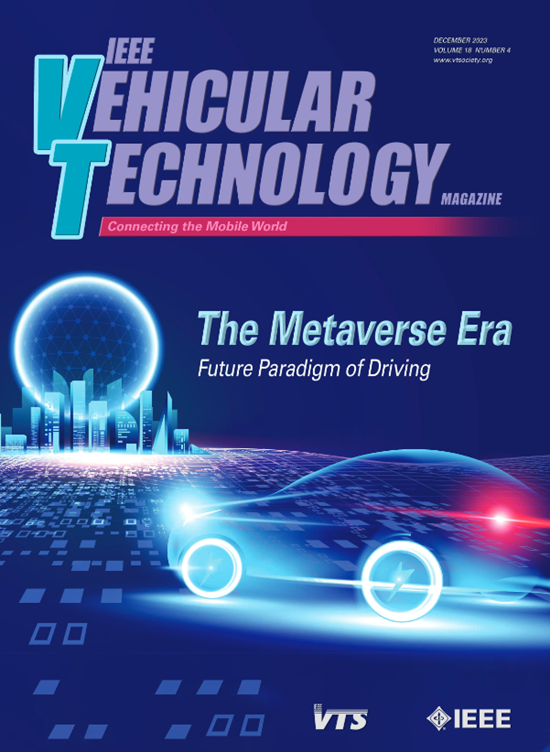相同、相同但不同--不要将本地连接与互联网接入混为一谈 [互联与自动驾驶汽车]
IF 5.8
2区 计算机科学
Q1 ENGINEERING, ELECTRICAL & ELECTRONIC
引用次数: 0
摘要
俄亥俄州交通部(ODOT)斥资数百万美元在全州高速公路上安装新的预警系统技术。预警系统的设计目的是注意到缓慢或停止的交通,并触发路边的信息板,以直观的方式警告驾驶员即将出现的缓慢交通。13 个高速公路站点将安装预警系统,每个预警系统的预计成本从 30 万美元到 60 万美元不等,具体取决于运行公用设施等因素。这意味着 ODOT 将花费 390 万美元至 780 万美元来支付新技术的费用。ODOT 需要两年时间才能完成所有 13 个站点的安装工作。本文章由计算机程序翻译,如有差异,请以英文原文为准。
Same, Same, but Different—Don’t Mix Up Local Connectivity With Internet Access [Connected and Automated Vehicles]
The Ohio Department of Transportation (ODOT) is spending millions of dollars to install new warning system technology on highways across the state. The warning system is designed to notice slow or stopped traffic and trigger a roadside message board to visually warn drivers of upcoming slow traffic. Thirteen highway sites will have the warning systems installed, and the estimated cost for each warning system ranges from US
${\$}$ ${\$}$ ${\$}$ ${\$}$
求助全文
通过发布文献求助,成功后即可免费获取论文全文。
去求助
来源期刊

IEEE Vehicular Technology Magazine
ENGINEERING, ELECTRICAL & ELECTRONIC-TELECOMMUNICATIONS
CiteScore
14.10
自引率
1.20%
发文量
66
审稿时长
>12 weeks
期刊介绍:
IEEE Vehicular Technology Magazine is a premier publication that features peer-reviewed articles showcasing advancements in areas of interest to the IEEE Vehicular Technology Society. Our scope encompasses theoretical, experimental, application, and operational aspects of electrical and electronic engineering relevant to motor vehicles and associated land transportation infrastructure. This includes technologies for terrestrial mobile vehicular services, components, systems, and auxiliary functions within motor vehicles, as well as components and systems used in both automated and non-automated facets of ground transport technology. The magazine focuses on intra-vehicular components, systems, and applications, offering tutorials, surveys, coverage of emerging technology, and serving as a platform for communication between the IEEE VTS governing body and its membership. Join us in exploring the latest developments in vehicular technology.
 求助内容:
求助内容: 应助结果提醒方式:
应助结果提醒方式:


